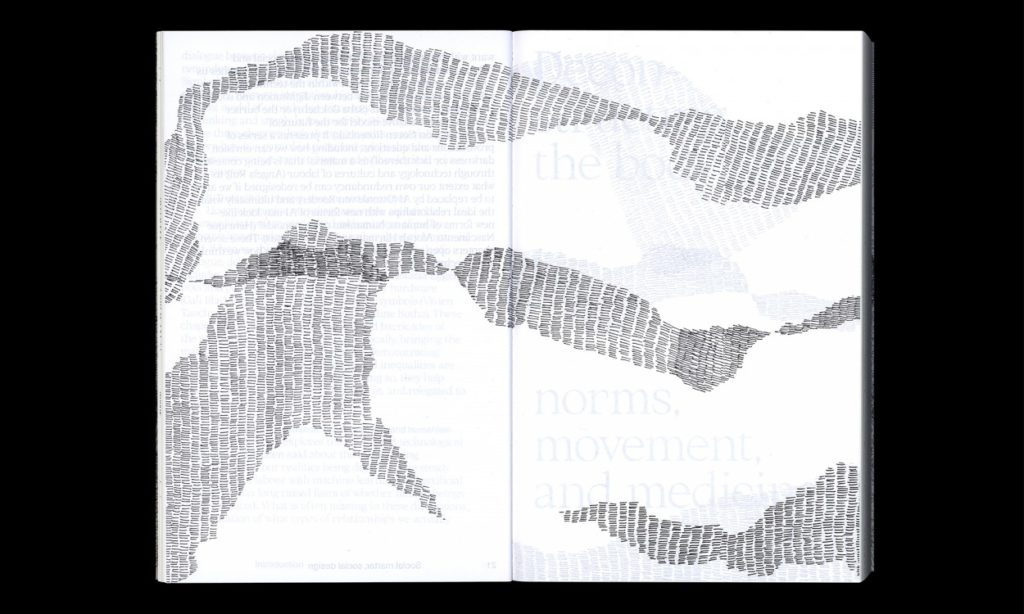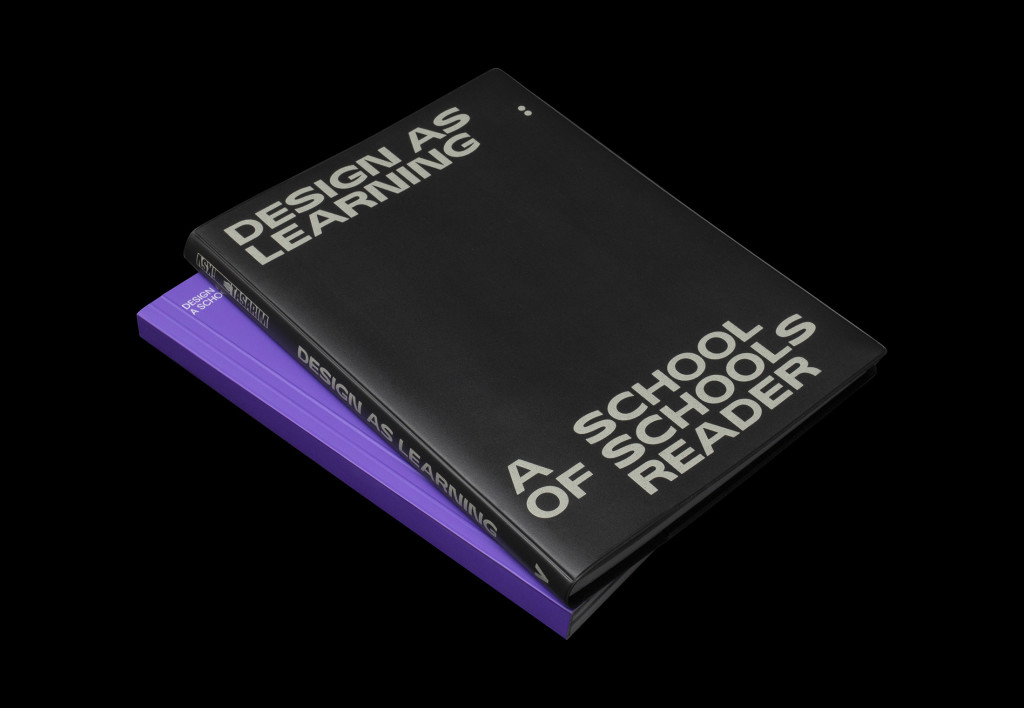
I contributed an essay titled “The Self as Other: Vivien Tauchmann’s ‘minor gestures’ towards the entwinement of design processes and the body” to Social matter, social design, a volume edited by Jan Boelen and Michael Kaethler and just published by Valiz. My essay takes the work of designer Vivien Tauchmann as starting point, to explore notions of empathy and multisensorial experiences in contemporary design. Ultimately, I argue that Tauchamnn’s work is a model of a new kind of design, which opens paths for the discipline and other practitioners. A short quote below – the book can be ordered through Valiz’s website!
“As seen in these examples, Tauchmann’s work exemplifies practice that goes beyond social matter and towards a relational one—mediated through bodily movement and expression—not unlike life itself. These strategies confirm the designer’s strongly political stance, and her methods allow her to engage with designers in an unexpected and powerful way, as well as to reach audiences that do not traditionally engage with the design discipline or design discourse. At a time when the discipline reorients itself and begins to engage with a post-industrial future, beyond object-based entanglements and towards a relational practice, Tauchmann’s works are incredibly prescient, using design’s full potential to become a discipline not of production, but of mediation. In her forays towards the future of a discipline that is not yet defined, Tauchmann inhabits what scholar and educator Danah Abdulla describes as the “borderlandsâ€, a place where a decolonial thinking of the design discipline can begin.”
